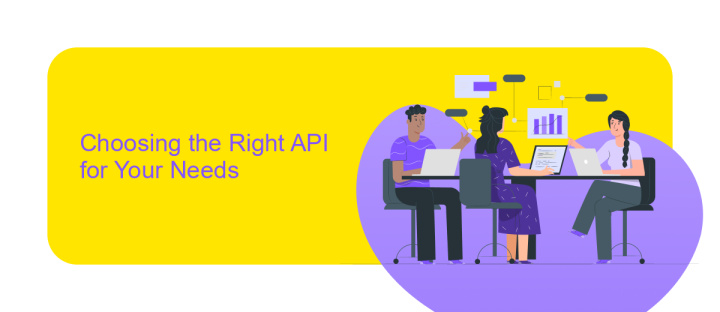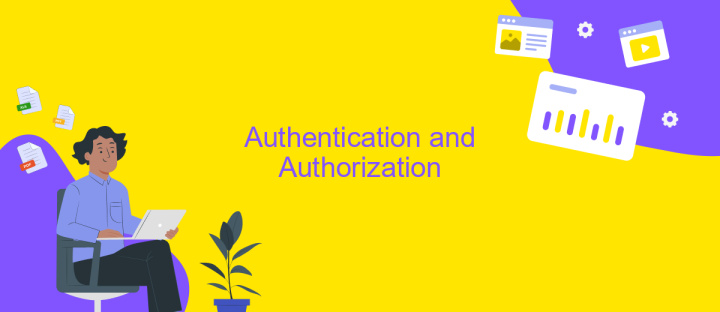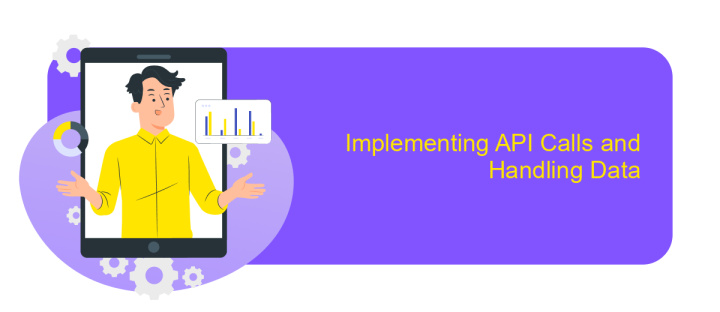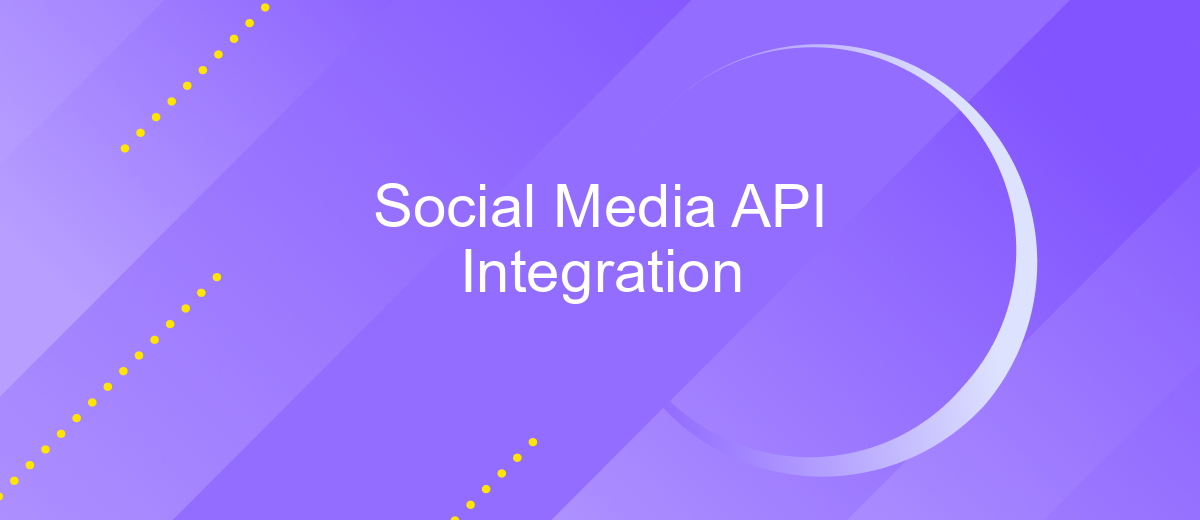Social Media API Integration
In today's digital landscape, integrating social media APIs has become essential for businesses and developers aiming to enhance user engagement and streamline communication. By leveraging these powerful tools, applications can seamlessly connect with platforms like Facebook, Twitter, and Instagram, enabling real-time data exchange and personalized user experiences. This article explores the benefits, challenges, and best practices of social media API integration, providing valuable insights for maximizing its potential.
Introduction to Social Media APIs
Social media APIs have become an essential tool for developers looking to integrate various social media functionalities into their applications. These APIs allow applications to connect with social media platforms, enabling features such as sharing content, retrieving user data, and managing social media interactions. By leveraging social media APIs, developers can enhance user engagement and streamline communication processes within their applications.
- Access to user profiles and data
- Posting and sharing content
- Retrieving analytics and insights
- Managing social media interactions
- Automating marketing tasks
Integrating social media APIs requires understanding each platform's specific API documentation and authentication processes. Developers must adhere to the terms and conditions set by social media platforms to ensure compliance and security. With the right approach, social media API integration can provide significant value, offering personalized experiences and fostering stronger connections between users and brands. As social media continues to evolve, these APIs will play a crucial role in the development of innovative and interactive applications.
Choosing the Right API for Your Needs

When selecting a social media API, it's crucial to consider your specific needs and objectives. Start by identifying the platforms where your audience is most active and ensure the API supports those networks. Evaluate the API's functionality, such as posting capabilities, analytics access, and real-time data updates. Additionally, consider the API's ease of use, documentation quality, and community support, as these factors can significantly impact your integration process. Cost is another important factor; compare pricing models to find an API that fits your budget without compromising essential features.
For businesses looking to streamline their integration process, tools like ApiX-Drive can be invaluable. ApiX-Drive offers a user-friendly interface that simplifies connecting multiple social media platforms without extensive coding knowledge. It supports a wide range of APIs, allowing you to automate workflows and efficiently manage your social media presence. By leveraging such services, you can save time and resources, focusing more on strategy and content rather than technical setup. Ultimately, the right API should align with your goals, budget, and technical capabilities, ensuring a seamless and effective social media integration.
Authentication and Authorization

When integrating with social media APIs, understanding authentication and authorization is crucial. Authentication verifies the identity of a user or application, while authorization determines what resources they can access. Most social media platforms use OAuth 2.0, a widely adopted protocol, to handle these processes securely and efficiently. OAuth 2.0 enables users to grant third-party applications limited access to their resources without exposing their credentials.
- Register your application with the social media platform to obtain client credentials (Client ID and Client Secret).
- Redirect users to the platform's authorization server, where they can consent to the requested permissions.
- Receive an authorization code from the platform, which your application exchanges for an access token.
- Use the access token to make authenticated requests to the social media API on behalf of the user.
Proper implementation of authentication and authorization ensures that your application interacts with social media platforms securely, protecting user data and maintaining trust. Regularly review and update your integration to comply with any changes in the API's authentication requirements. This vigilance helps prevent unauthorized access and potential security breaches.
Implementing API Calls and Handling Data

Integrating social media APIs requires a strategic approach to efficiently manage data exchange. The first step in implementing API calls is to understand the API documentation thoroughly. This ensures that you are aware of the available endpoints, authentication methods, and rate limits. Proper authentication is crucial, as it allows secure access to the API services and prevents unauthorized use.
Once authentication is set up, constructing API requests becomes the next focus. These requests must be formatted correctly, often requiring specific headers and parameters. Testing these requests using tools like Postman can help verify that they return the expected data. Handling responses effectively is vital to ensure that the data is processed and stored correctly.
- Use error handling to manage failed API calls gracefully.
- Implement data validation to ensure the integrity of incoming data.
- Optimize data storage to handle large volumes efficiently.
Finally, consider implementing caching mechanisms to reduce the number of API calls and improve performance. By storing frequently accessed data locally, you can minimize latency and enhance the user experience. Regularly update the cache to ensure that the data remains current and relevant.


Best Practices and Common Pitfalls
When integrating social media APIs, it's crucial to follow best practices to ensure seamless functionality and security. Begin by thoroughly understanding the API documentation; this helps in recognizing the capabilities and limitations of the API. Implement robust authentication methods, such as OAuth, to protect user data. Regularly monitor API usage to prevent hitting rate limits, which can disrupt service. Utilize tools like ApiX-Drive to simplify integration processes, enabling automated workflows and reducing manual errors. Keep your application updated with the latest API versions to avoid deprecated features and security vulnerabilities.
Common pitfalls in social media API integration include inadequate error handling, which can lead to poor user experiences. Ensure your application can gracefully handle API errors and downtime. Another frequent issue is neglecting to manage API rate limits, resulting in service interruptions. Avoid hardcoding API keys and secrets in your source code to prevent unauthorized access. Lastly, failing to stay informed about changes in API terms and conditions can lead to compliance issues. Regularly review API provider updates and adjust your integration accordingly to maintain seamless service.
FAQ
What is Social Media API Integration?
How can I benefit from integrating social media APIs?
What are some common challenges with Social Media API Integration?
How do I start integrating a social media API into my application?
Is there a way to simplify the process of integrating multiple social media APIs?
Do you want to achieve your goals in business, career and life faster and better? Do it with ApiX-Drive – a tool that will remove a significant part of the routine from workflows and free up additional time to achieve your goals. Test the capabilities of Apix-Drive for free – see for yourself the effectiveness of the tool.

